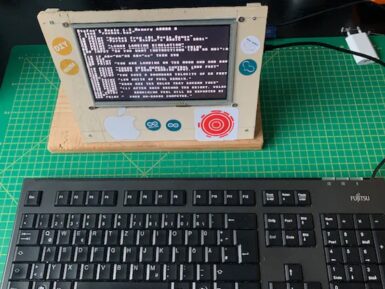
Gravity: Non-contact Digital Water / Liquid Level Sensor For Arduino
Sold outBe the first one trying the Gravity: Non-contact Digital Water / Liquid Level Sensor For Arduino!
Overview
This is a non-contact water / liquid level sensor for Arduino. It utilizes advanced signal processing technology by using a powerful chip (XKC-Y25-T12V) with high-speed operation capacity to achieve non-contact liquid level detection.
No contact with liquid makes the module suitable for hazardous applications such as detecting toxic substances, strong acid, strong alkali, and all kinds of liquid in an airtight container under high pressure. There are no special requirements for the liquid or container and this liquid sensor is easy to use and easy to install.
Get Inspired

Lets make a programmable guitar pedal, using all the power from the Arduino DUE board with 12 bits ADCs, DACs and RAM memory.

As a continuation from his previous Arduino BASIC interpreter project, Stefan Lenz wanted to take things a step further by recreating a home computer from the 1980s with an Arduino Due board and just a few other components. His system combines a 7" 800 x 480 TFT screen, an SD card reader acting as the disk, and a PS/2 port for connecting a keyboard. He began by mounting the TFT display shield to the Arduino by slotting it in place and inserting an SD card to function as the external disk since floppy drives have long since disappeared and would be far too unwieldy. After soldering some additional wires to the SPI and I2C bus pins, a level shifter was attached to two digital pins that serve as the data and clock lines for the external PS/2 socket. Most of the “magic” in this project comes from the programming which handles everything from reading inputs to showing graphics on the LCD and even interfacing with other peripherals over either I2C or SPI. All of the code needed for this retro home computer can be found here in Lenz’s tinybasic repository, which contains a plethora of example projects and demonstrations that can be run/modified.






